What's the difference between a stand mixer and a hand mixer? How to decide which one to buy for your kitchen
Experts break down the key differences between the two appliances, so you don't waste money on buying the wrong one
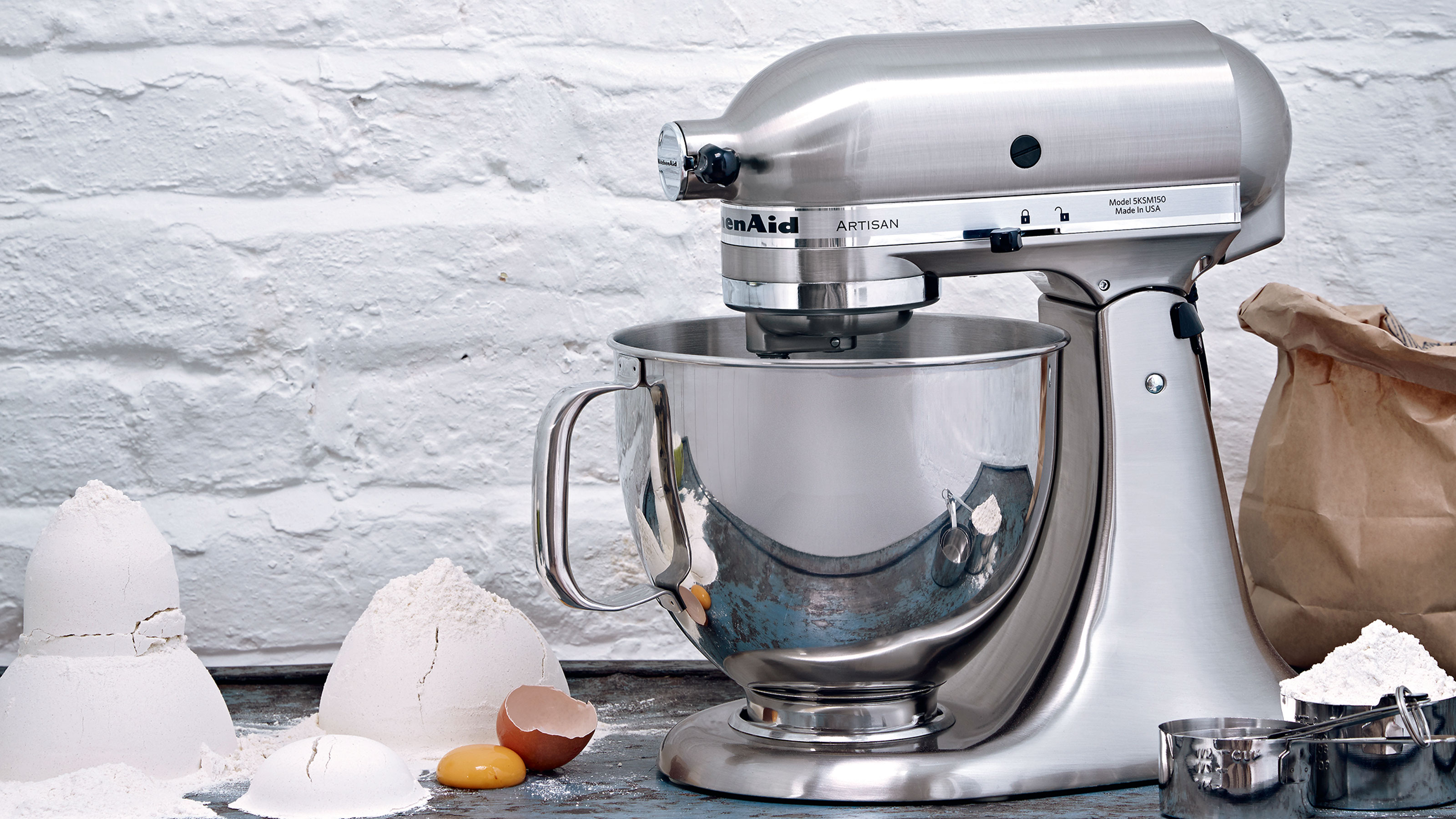

Which would be a better addition to your kitchen: a stand mixer or a hand mixer? These two handy kitchen appliances might do similar things, but there are some key differences to consider before making a purchase.
Both the best stand mixers and best hand mixers will make mixing ingredients a breeze. No more achey arms from manually combining mixtures, and you can expect shorter baking processes too. But, which comes out on top in the stand mixer vs hand mixer debate?
Understandably, you might not want to invest in both appliances, especially if your kitchen storage space is at a premium and they do quite similar things after all.
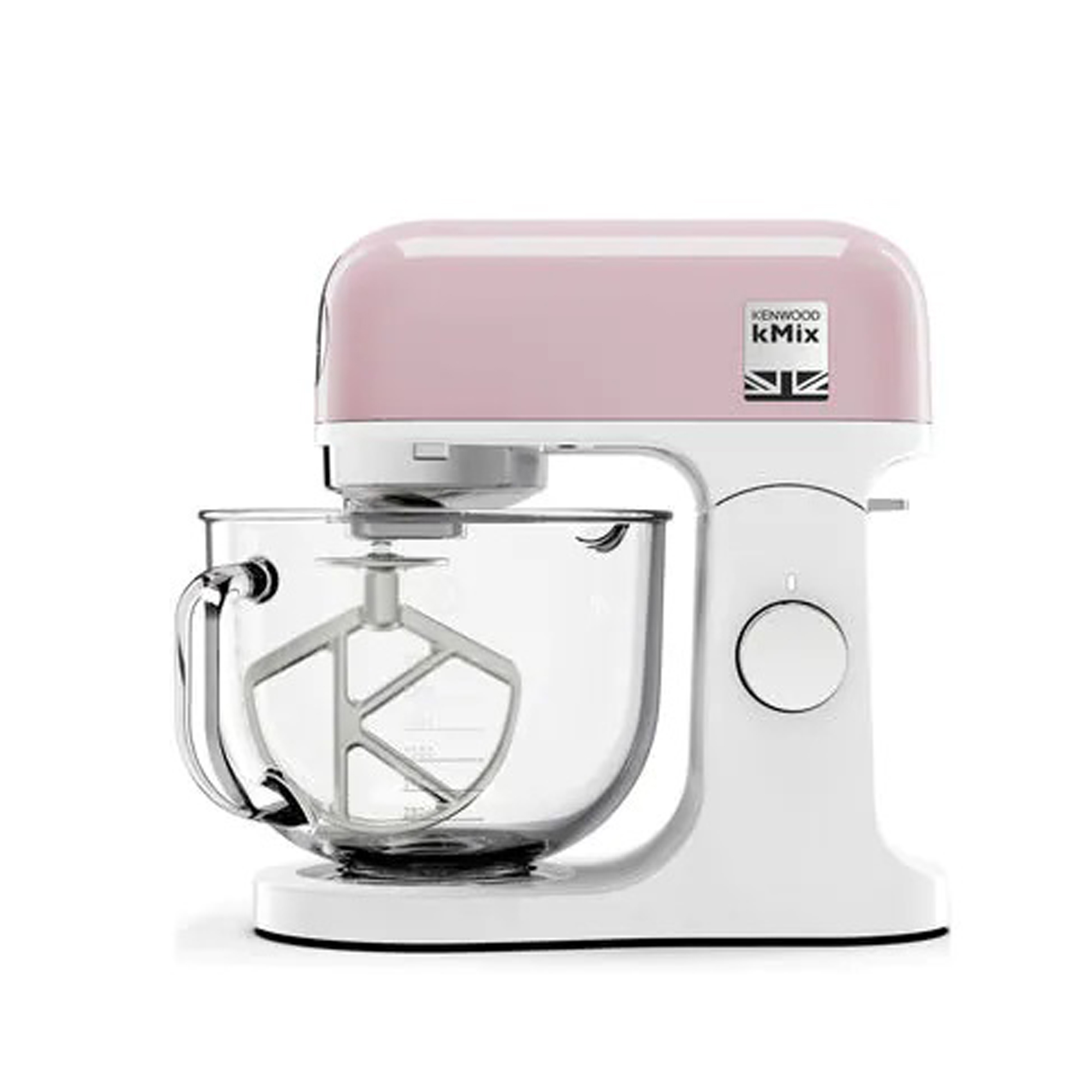
The kMix is a brilliant addition to any kitchen if you settle on a stand mixer. We awarded it 5 stars in our review as it's supremely powerful and has an excellent fold function, as well as all dishwasher-safe parts.
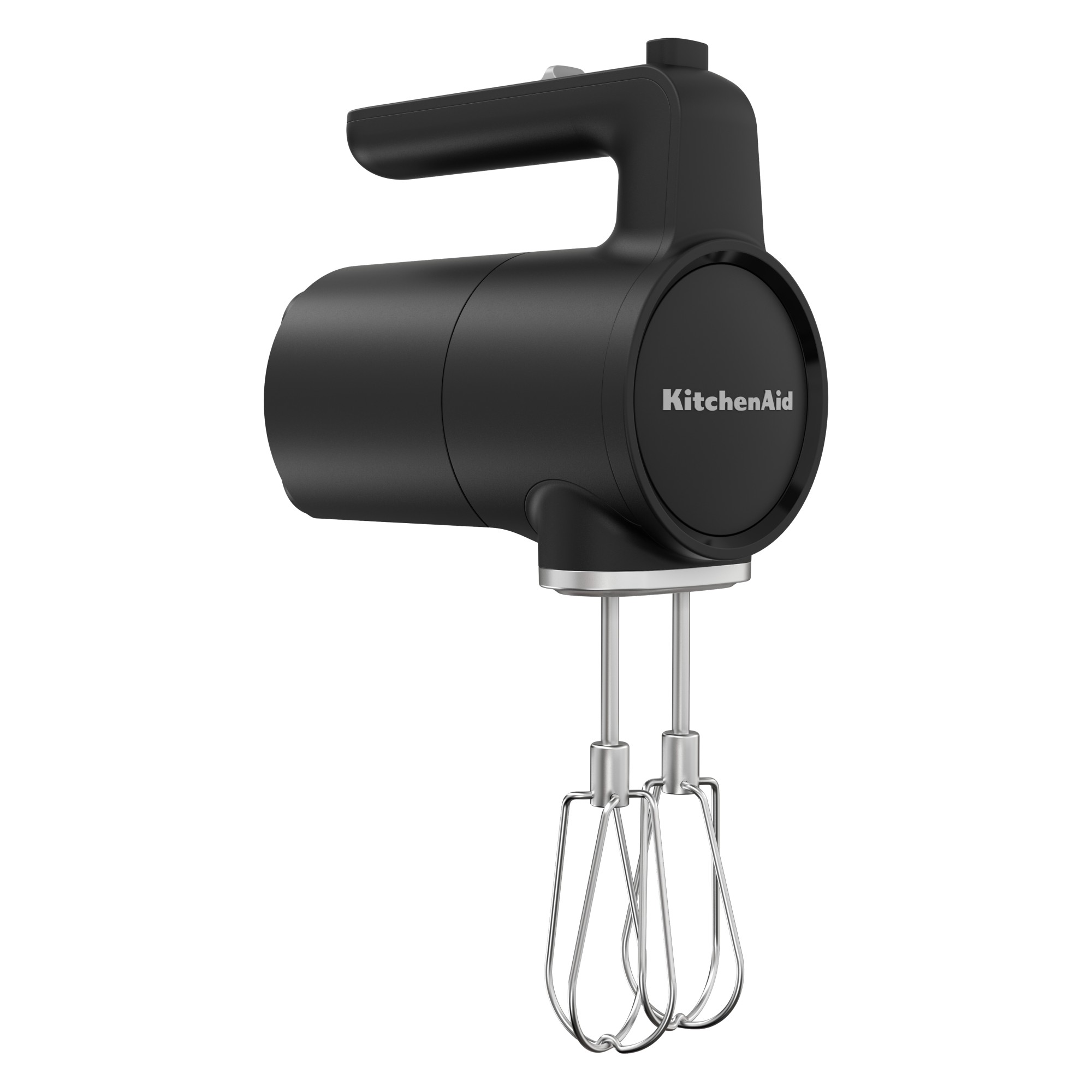
We haven't tested this particular hand mixer, but KitchenAid is a tried and trusted brand that always delivers. This hand mixer lands an extra punch by being cordless too.
There are a number of factors to consider in the stand mixer vs hand mixer debate. The experts have broken everything down, covering the major differences, pros and cons of each, and budget considerations. Here's a closer look at the two appliances head to head.
What's the difference between a stand mixer and a hand mixer?
The key difference between a stand mixer and a hand mixer is in the names; a stand mixer will stand and mix on its own accord, whereas a hand mixer needs to be held while mixing. Both will mix together ingredients to save you from doing it manually, but they lend themselves better to certain tasks and culinary spaces.
Put simply, stand mixers are better for mixing more ingredients, over a longer period of time. Hand mixers are ideal for fewer ingredients that need to be blended quickly. Both tools are valuable additions to your kitchen appliance collection.
As Adele Brennan, Home Electricals Buyer at VonHaus puts it: 'Hand mixers are a great choice for quickly mixing smaller batches of mixture. They’re compact and portable, meaning you can easily move around the kitchen if needed. They’re great for whipping creams, small cakes and more. Stand mixers are best for longer mixing times when more effort is required for thick doughs and mixtures. They’re a great choice if you’re looking to make bread or larger cakes.'
Sign up to our newsletter for style inspiration, real homes, project and garden advice and shopping know-how
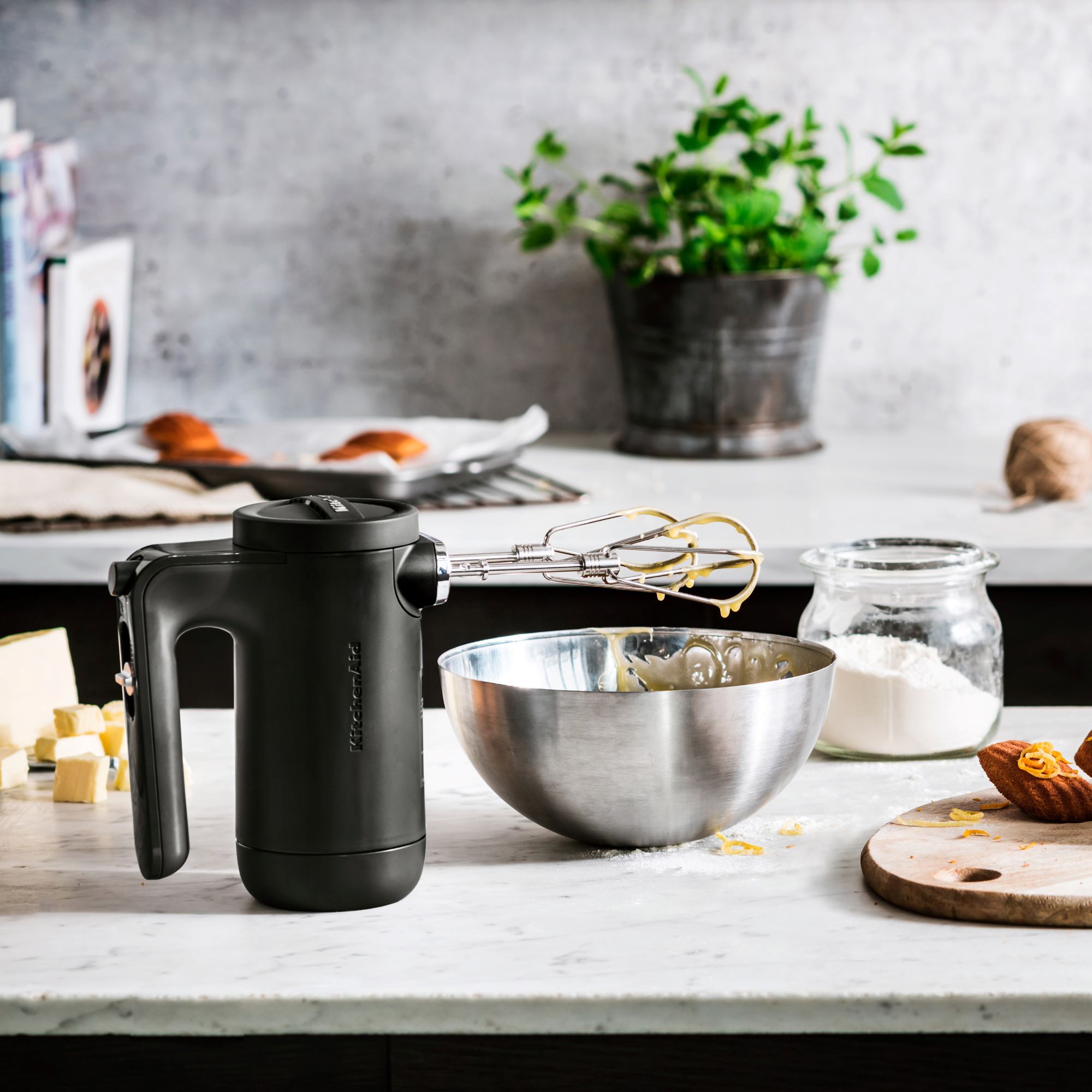
To break it down even further, stand mixers include a stand which holds a mixing arm and mixing bowl. They usually have different speed settings, so they're capable of carrying out more complex jobs.
'Whereas hand mixers are powered either manually or by spinning on a crank,' says David Miloshev, Appliance Expert, Fantastic Services. 'Electric hand mixers are essentially an electrical version of the handheld eggbeater. Their motor is located at the top of the device and operates the machine at different speeds.'
What are the benefits of a stand mixer?
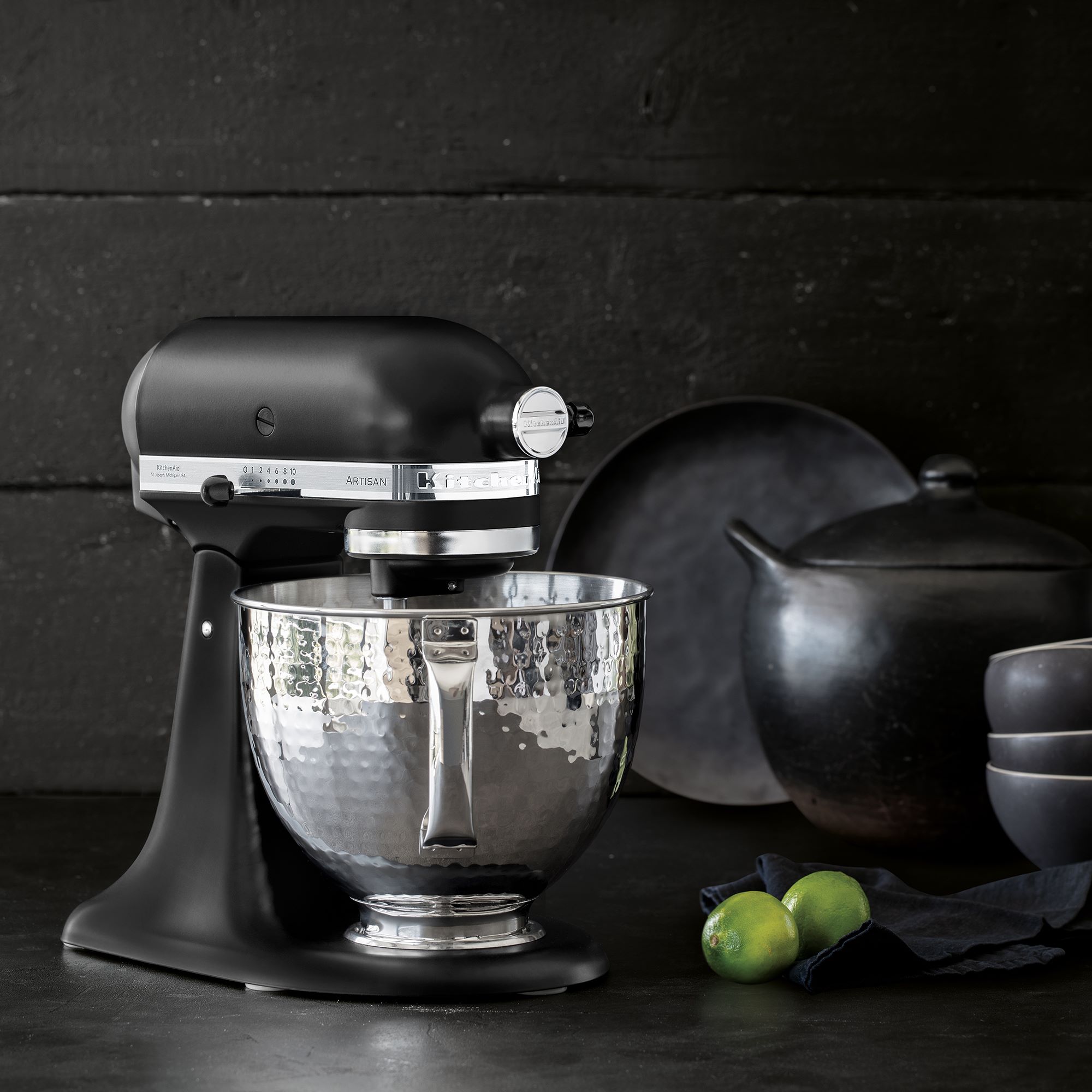
You should buy a stand mixer if you need to mix large quantities of ingredients, for more labour-intensive recipes. Stand mixers are great for heavy-duty baking and cooking.
'Stand mixers are suited to more intensive tasks, such as kneading dough or large batches of mixture,' says Lee Daly, Senior Product Manager, Kenwood Cooking and Baking. 'They provide hands-free baking, allowing you to focus on other tasks in the recipe whilst the mixer works, and often have a wide variety of attachments and tools available to help you accomplish a wide variety of food preparation tasks.'
Stand mixers are better than hand mixers for recipes that require longer mixing times. As they operate hands-free, you don't need to stay by the mixer as it works, which massively speeds up the process. Attachments like shredders or grinders also means they can be used for other culinary tasks, like grinding mince or making pasta.
Stand mixers are a lot larger than hand mixers. But if you have ample kitchen storage space, they'll allow you to perform a wide variety of tasks with ease.
What are the benefits of a hand mixer?
You should buy a hand mixer over a stand mixer if you're planning on mixing only small batches of ingredients, rather than larger mixtures like bread or big cakes.
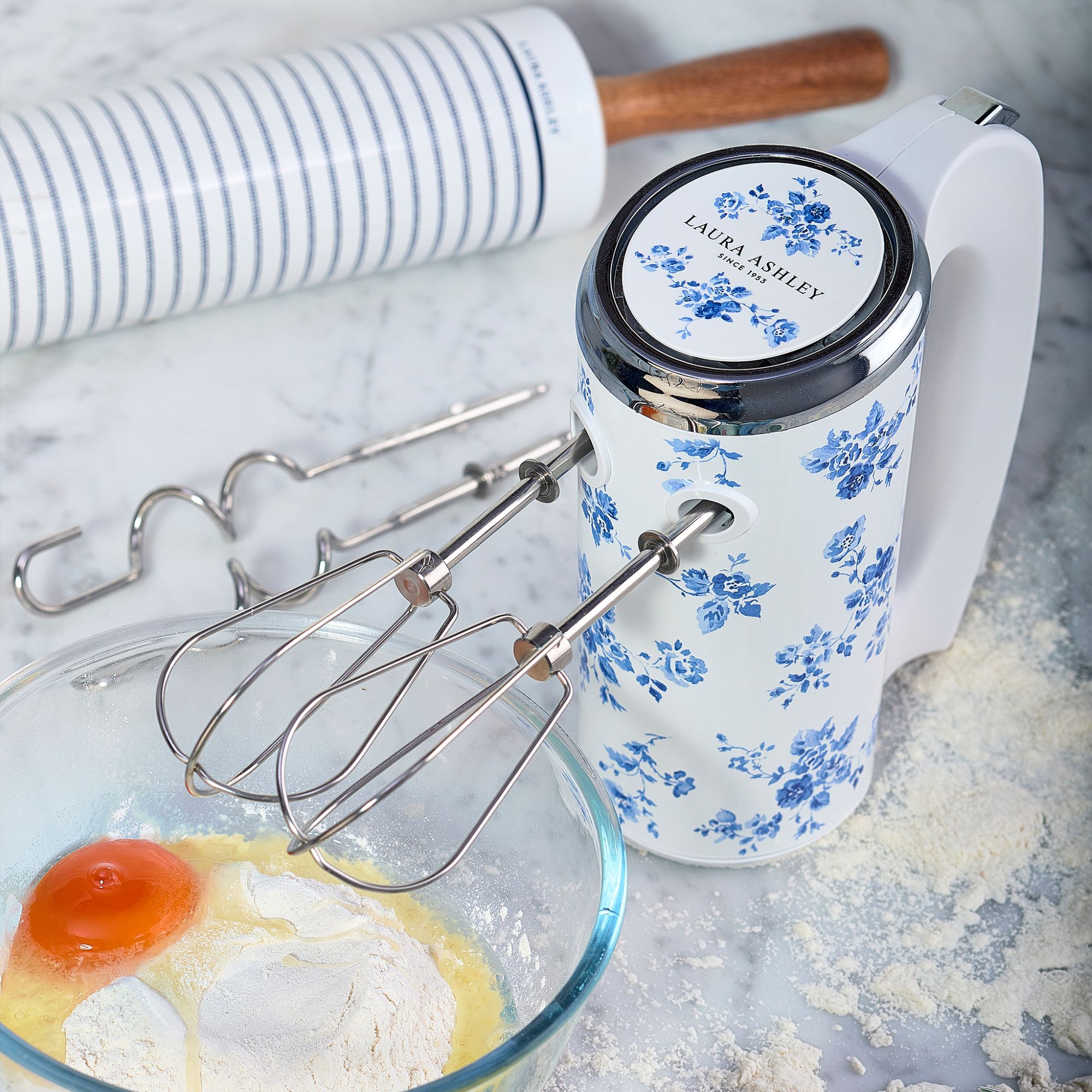
'Hand mixers are often a baker's first introduction to powered mixing,' Lee says. 'They save time and energy compared to mixing with hand tools and are perfect for light and quick tasks, such as smaller batches of cake mix, Yorkshire pudding batters or pancakes. They are easy to use, more portable and store easily, and can be used with any mixing bowl.'
Hand mixers are more lightweight and compact than stand mixers, so they're ideal for small kitchen ideas where counter space is at a premium. They'll store quite easily in drawers or cupboards without taking up much space.
They can also be more convenient to use than stand mixers, because the ingredients don't need to be transferred to a separate mixing bowl. You can simply plug the hand mixer in and use it in any type of container. It's also worth noting that hand mixers are easier to clean than stand mixers, which can leave messy residue behind in the mixing bowl.
Which is more affordable?
Due to their smaller size and less powerful capabilities, hand mixers have a cheaper price point than stand mixers. Stand mixers have different speed settings and can work with higher quantities of ingredients for longer periods of time, which means they need to pack a powerful punch. Hence, the higher price tag.
'Stand mixers are great appliances but expect them to be more expensive than a hand mixer,' says Thea Whyte, Small Appliances Expert at AO.com. 'The greater the number of features and attachments, then the greater the bill you can expect.'
'Stand mixers are also more expensive than other mixers, especially if you choose to buy a multi-functional stand mixer,' adds in David Rees, Appliance Expert and Director, HomeSupply.
Both hand mixers and stand mixers do have a range of prices that make them suited to a variety of budgets. Hand mixers can cost anywhere between £15 and £70, whereas stand mixers tend to fall upwards of £80 and can go up to as much as £400 for a Kitchenaid Artisan standmixer or Kenwood Kmix stand mixer.
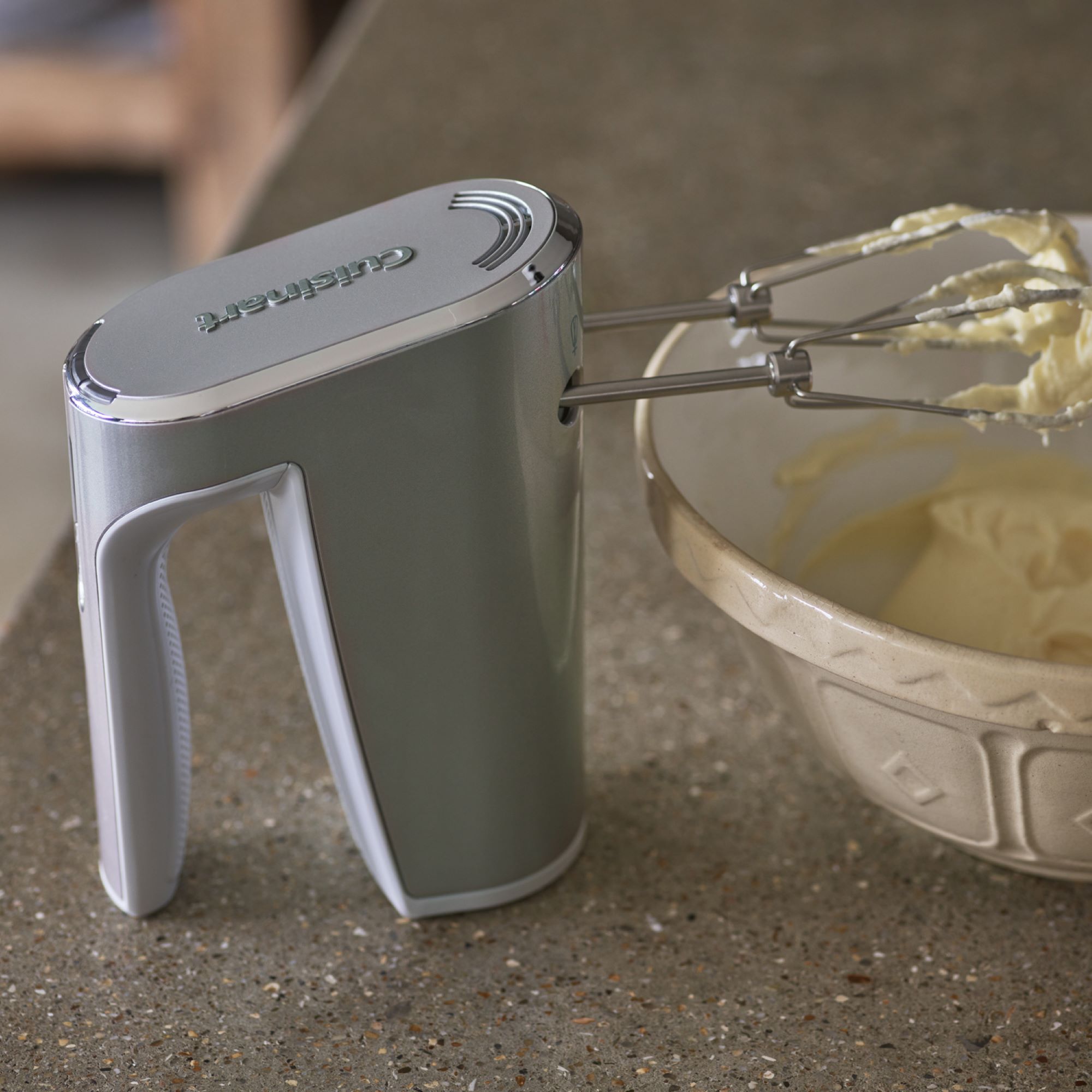
The verdict
So, which comes out on top in the stand mixer vs hand mixer debate? Truthfully, neither one is better than the other. They simply are better suited to different culinary tasks, so which one you purchase should come down to which you think you'll get more use from.
'If you are after an appliance that can sort out mixing, whipping and kneading dough – then a stand mixer is the ideal device for you,' Thea summarises. 'Stand mixers are particularly useful for mixing large batches of ingredients and for tasks that require longer mixing times, such as making bread dough or whipping egg whites.'
Conversely, hand mixers are ideal for mixing smaller ingredients for shorter periods of time. 'The advantages of hand mixers are that they are easy to clean and are cheaper than stand mixers,' says appliance expert David Miloshev. 'The hand mixer can be used in different containers and is more convenient for smaller tasks.'
If you're short on kitchen storage space and aren't planning on performing any heavy-duty mixing tasks, hand mixers will serve you well and save you some money. But, if you know your culinary duties include heavy-duty mixing and kneading, a stand mixer will save you a lot of time and effort.
FAQs
Can you use a hand mixer in place of a stand mixer?
Most recipes can be mixed with both type of appliances. So while you could technically replace a stand mixer with a hand mixer, be aware that the effort required for more labour-intensive recipes will increase.
'Because hand mixers are smaller, they require more attention as they can sometimes vibrate or move around on the counter,' says Thea from AO.com. 'This can get worse at higher speeds and tiring work as it requires you to hold the device and move it around the mixing bowl.'
'Many people who have owned a hand mixer first, see the benefits of dual ownership,' says Lee from Kenwood Cooking and Baking. 'They tend to use their hand mixers for quick and simple recipes as it is quick to set up and clean and use their stand mixer when they need more power, bigger quantities or longer duration mixes.'
Now you know all the facts about a stand mixer vs hand mixer, which of these appliances will you be adding to your culinary collection?

Katie has been writing freelance since early 2022, specialising in all things homes and gardens, following achieving a Masters in Media and Journalism. She started out writing e-commerce content for several of Future’s interior titles, including Real Homes, Gardeningetc, Livingetc, and Homes and Gardens. Since then she’s been a regular contributor on Ideal Home’s digital team, covering news topics, how-to guides, and product reviews.